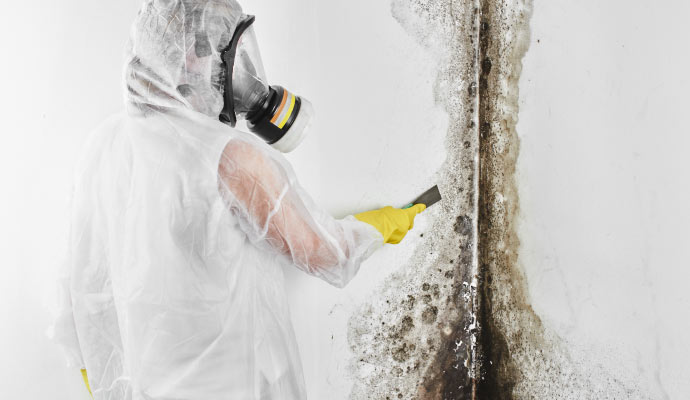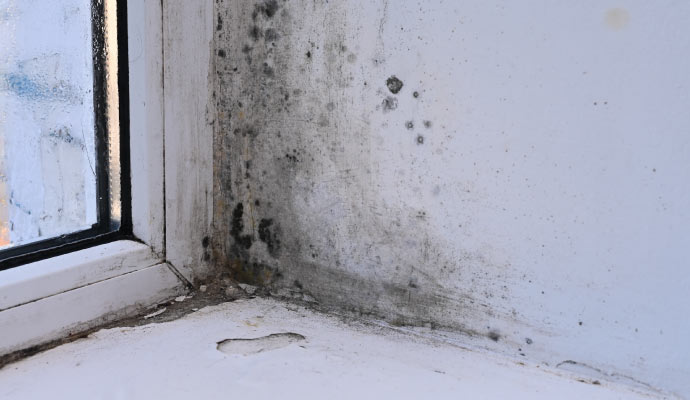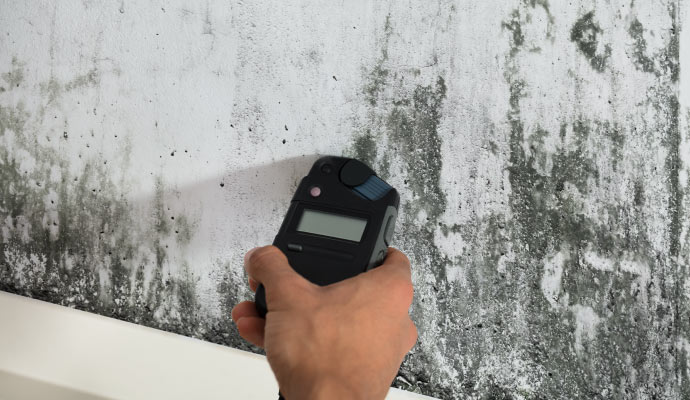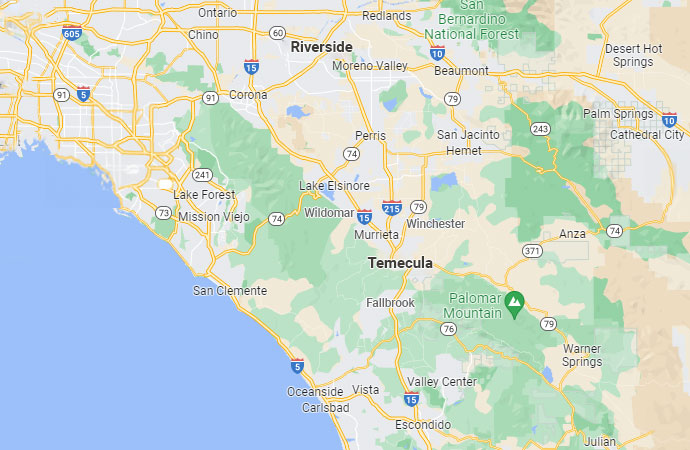The Consequences of Post-Flood Mold: What You Need to Know
When floods wreak havoc, they leave behind more than just debris and destruction. In their wake, floods also give rise to a silent and dangerous enemy: mold. Mold formation in the aftermath of a flood is a well-documented occurrence, posing significant health risks and long-term consequences for affected individuals. Understanding the detrimental effects of post-flood mold is crucial to address the issue effectively and safeguard the well-being of communities affected by flooding.

Understanding the Aftermath: Post-Flood Mold Formation
After a flood subsides, the lingering moisture provides the perfect breeding ground for mold. Mold is a type of fungi that thrives in damp, dark environments. Flood-damaged homes and buildings become prime targets for mold growth due to the high levels of moisture and the potential for organic materials to serve as nourishment. Mold spores, which are typically present in the air, find their way into these wet environments and multiply rapidly, often within 24-48 hours after the flood waters recede.
The presence of mold is not always immediately visible, as it can grow behind walls, underneath carpets and in hidden corners. However, the musty odor and the appearance of discolored patches on surfaces are common indicators of its presence. Mold not only damages the structural integrity of buildings but also poses significant health risks to occupants. Exposure to mold spores can lead to respiratory issues, allergies and even more severe health conditions, especially for individuals with compromised immune systems.
Unveiling the Long-term Risks of Post-Flood Mold
While immediate health risks associated with mold exposure are concerning, the long-term consequences can be equally detrimental. Prolonged exposure to mold can have severe effects on human health, including chronic respiratory problems, allergic reactions and even neurological symptoms. Furthermore, mold can exacerbate existing health conditions such as asthma and weaken the immune system, leaving individuals more susceptible to infections and diseases.
In addition to health risks, post-flood mold can also result in significant financial burdens. The remediation and restoration process required to eliminate mold and restore affected structures can be costly. Moreover, the presence of mold can decrease property values, making it harder for homeowners and communities to recover financially from the aftermath of a flood.
Post-flood mold formation is a serious issue that demands immediate attention and action. Understanding the detrimental consequences of mold growth after flooding events is crucial for effective mitigation strategies and ensuring the well-being of affected individuals. Prompt mold assessment and remediation, along with measures to prevent future mold formation, are essential for minimizing the risks associated with post-flood mold and safeguarding the health and financial stability of affected communities. Through proactive efforts, we can combat the hidden dangers of post-flood mold and foster a healthier, safer environment for those impacted by natural disasters. Pulido Cleaning & Restoration, 951-494-6040

















